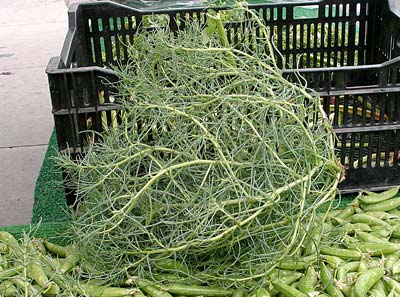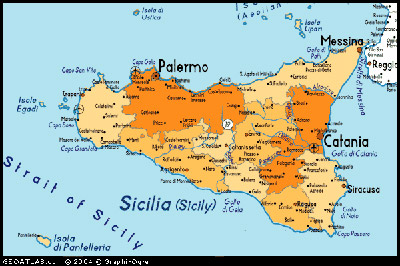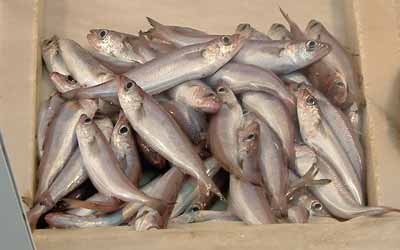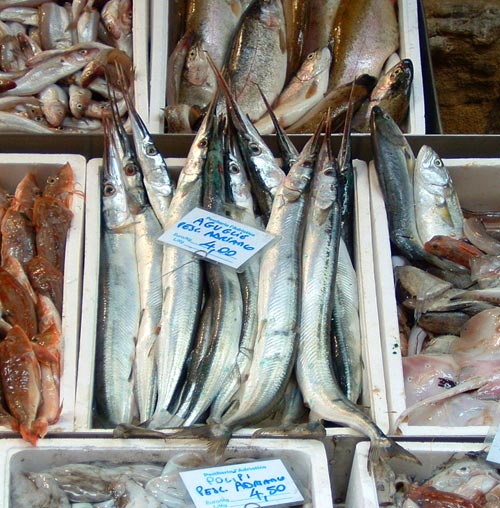Verjuice. The juice of unripe, unfermented grapes, used for culinary purposes. It is quite sour, like lemon juice or vinegar, it is an acidulant, but it is much milder. Keeping verjuice in the bottle will have the same effect as for wine, although the acid flavour will not change. It is versatile and can be used effectively with fish, chicken or to cut fattier foods, or in vinaigrettes and dressings.

Monk’s beard. A thin, wild spring grass, a type of chicory, looking like a cross between samphire and tumbleweed, from northern Italy. It has a bitter flavour, bearing some relation in texture and taste to samphire, succulent and pleasantly resistant to the bite, and is eaten raw, blanched for seconds and dressed, or stewed in olive oil. It is also a useful addition to salads. It has a very short season which seems to be quite specifically five weeks in spring. Only the leaves are eaten as the texture of the stems is rubbery. The flowers are not eaten. It needs to be well washed as it is inclined to harbour dirt.

A city and province in southern Sicily, the island off the toe of Italy, well known for almonds and sausage made with fennel called salsiccia al finocchio.
A small cylinder of fresh, soft Swiss cheese made with cow or goat’s milk, similar to cheddar. It has a with a white penicillin rind. It is made in Ticino. It is an acid curdled cheese and the curds are uncooked. It may weigh 40-60 g. It has a slightly sour, fresh taste.

A name in the Veneto for the big-scale atherine, a type of atherine similar to the sand smelt. A marine fish, usually deep-fried, it is a small, silvery fish similar to the argentine. When tiny it is treated in the same way as whitebait. This fish grows up to 12 cm.

A name in Tuscany for the garfish, a striking, beaked, marine fish up to 60 cm (2 ft) long, with a backbone which turns bright green on cooking and a delicious flavour, found on most European coasts. They are generally either fried or stewed with tomatoes, onions and oregano.